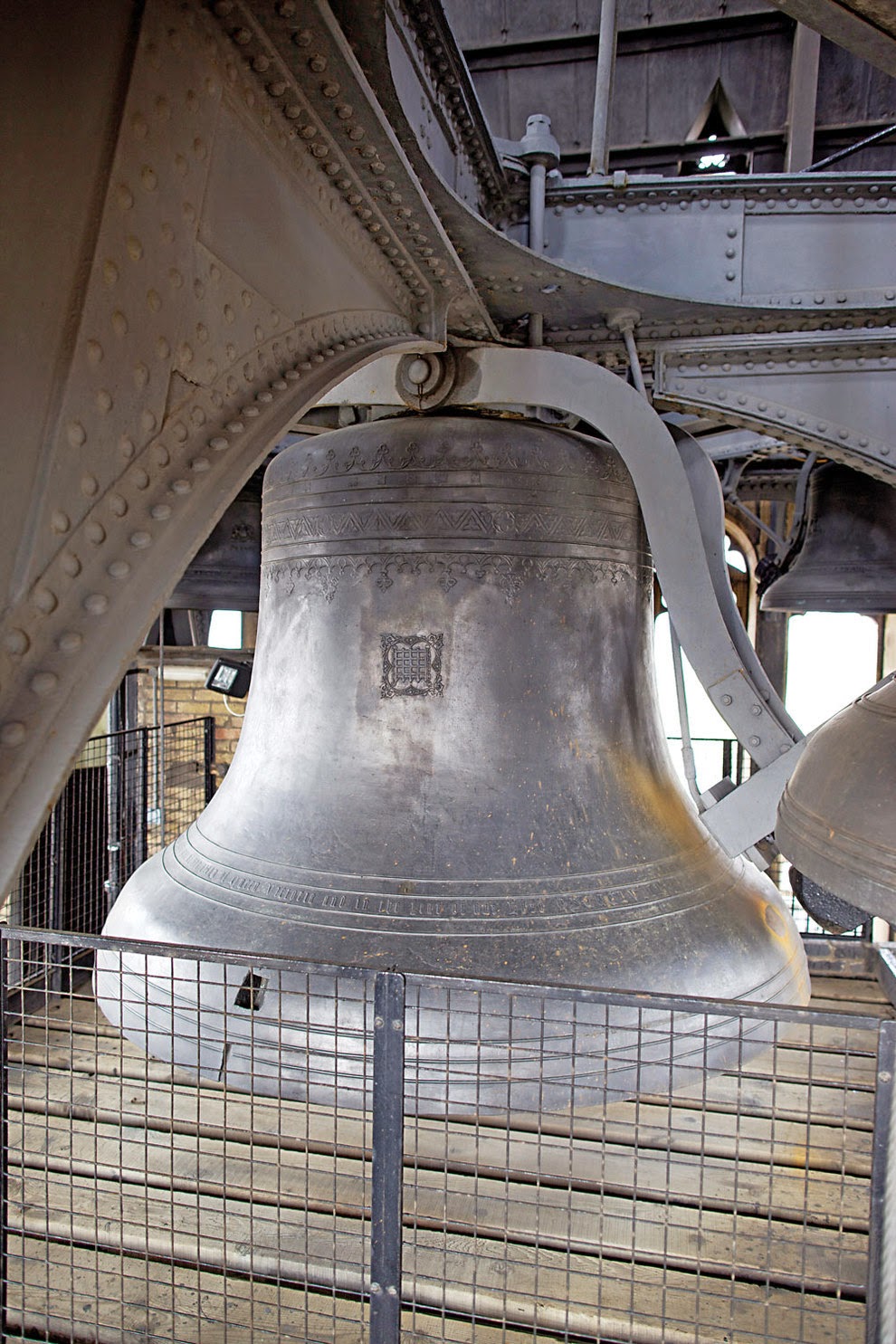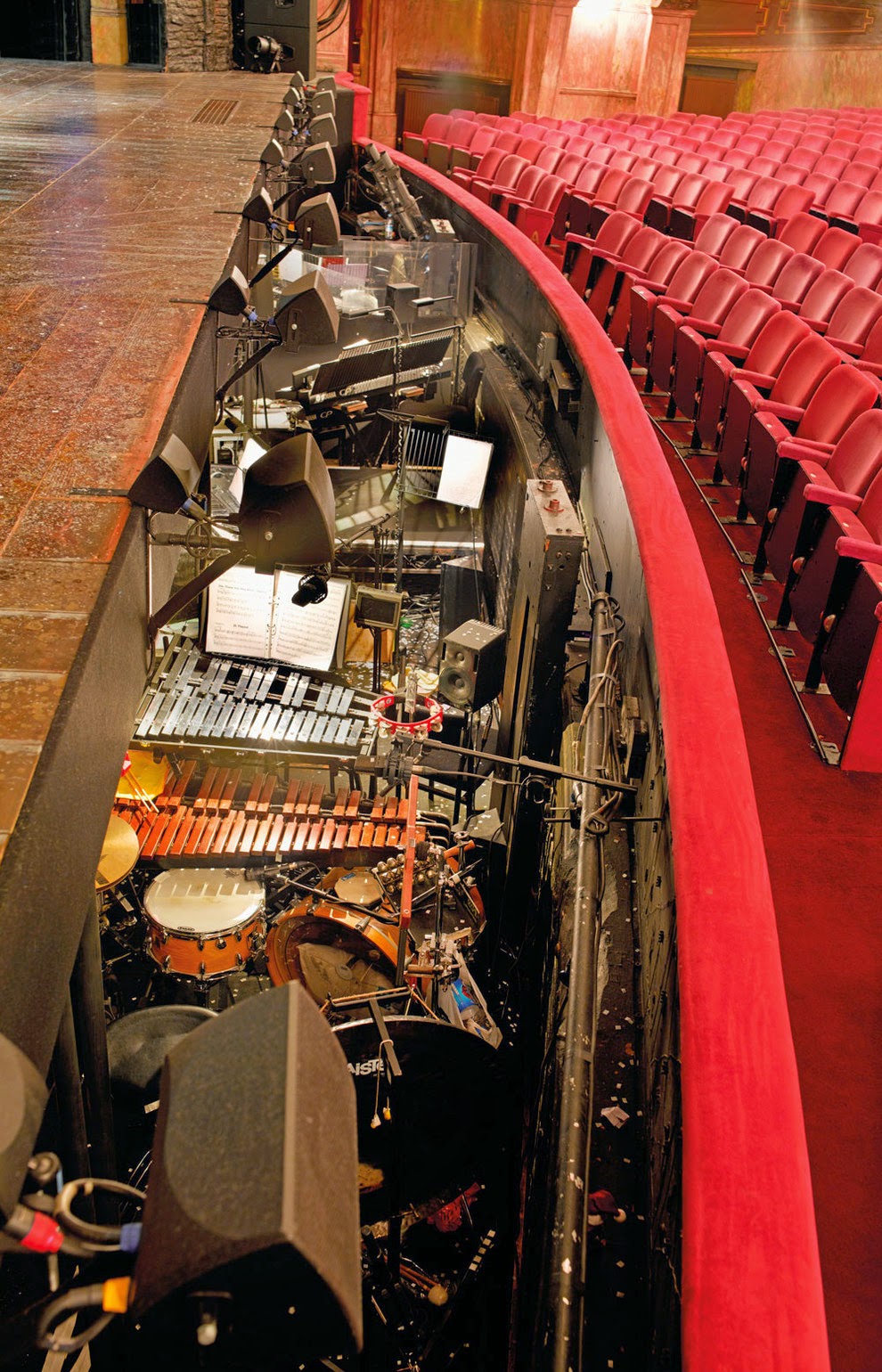1. Big Ben, the bell at the top of the Elizabeth Tower at the palace of Westminster, the home of the houses of parliament.
The tower was completed in 1859 after a competition to find the best design. The clock controls five other bells, as well as Big Ben itself, which weighs 16 tons and has a crack that’s still visible and affects its sound.
The building and tower are commonly referred to as Big Ben, but only the bell is actually called that.
2. The main pump room at Crossness Pumping Station.
This pumping station in east London was part of Sir Joseph Bazalgette’s huge sewer network, a Victorian solution to contamination of the river Thames and drinking water. It opened in 1865, and its interior has elaborate wrought iron and cast iron decoration.
3. Control Room A at Battersea Power Station.
Built in two phases in 1929–1935 and 1937–1955, Battersea Power Station was finally shut down in 1985. This control room has marble walls, wooden floors, and an elaborate ceiling in keeping with its ornate art deco design.
4. The BBC Radio 4 studio where Women’s Hour is recorded.
The wooden walls are designed to aid acoustics.
5. Abbey Road Studios, St John’s Wood.
Originally a townhouse built in the 1830s, the studios were opened by Sir Edward Elgar in 1931 and are now synonymous with The Beatles, who recorded almost all their singles and albums there in the 1960s. However, The Beatles themselves, like everyone else at the time, referred to the complex simply as EMI.
6. The orchestra pit at the London Palladium theatre.
The Palladium was built in 1910. Despite restorations, the original elaborate ceilings have survived.
7. The quick-change area backstage at the Theatre Royal, Drury Lane.
The oldest West End theatre, the Theatre Royal has burned down twice. The current structure dates back to 1812.
8. New West End Synagogue, Bayswater.
The synagogue is famous for housing several conflicting architectural styles: Saracenic, Byzantine, Assyrian, Neo-Grecian, Orientalist, and Romanesque.
9. St Sophia’s Greek Orthodox Church, Bayswater.
The iconostasis at St Sophia’s, which separates the nave from the sanctuary, is made from walnut and shows 22 images. There is special religious significance to each image and also their placement in relation to the others.
10. The balcony inside the cottage at Fulham FC’s Craven Cottage ground on the banks of the Thames, traditionally used by players’ families.
Scottish architect Archibald Leith – who also designed Glasgow Rangers’ Ibrox ground – was hired to build what’s now called the Johnny Haynes stand in 1899.
11. The Daily Express Building, 120 Fleet Street.
Serpent handrails, reflective surfaces, and rosewood veneers – this wasn’t an ordinary newspaper office. And Express Newspapers built similarly designed offices for its outposts in Manchester and Glasgow. The Express titles left the building in 1989.
12. Punching bags at Repton Boxing Club, a former Victorian bathhouse in Bethnal Green.
The club has been based there since 1971, but has been in existence since at least 1884.











.jpg)

























